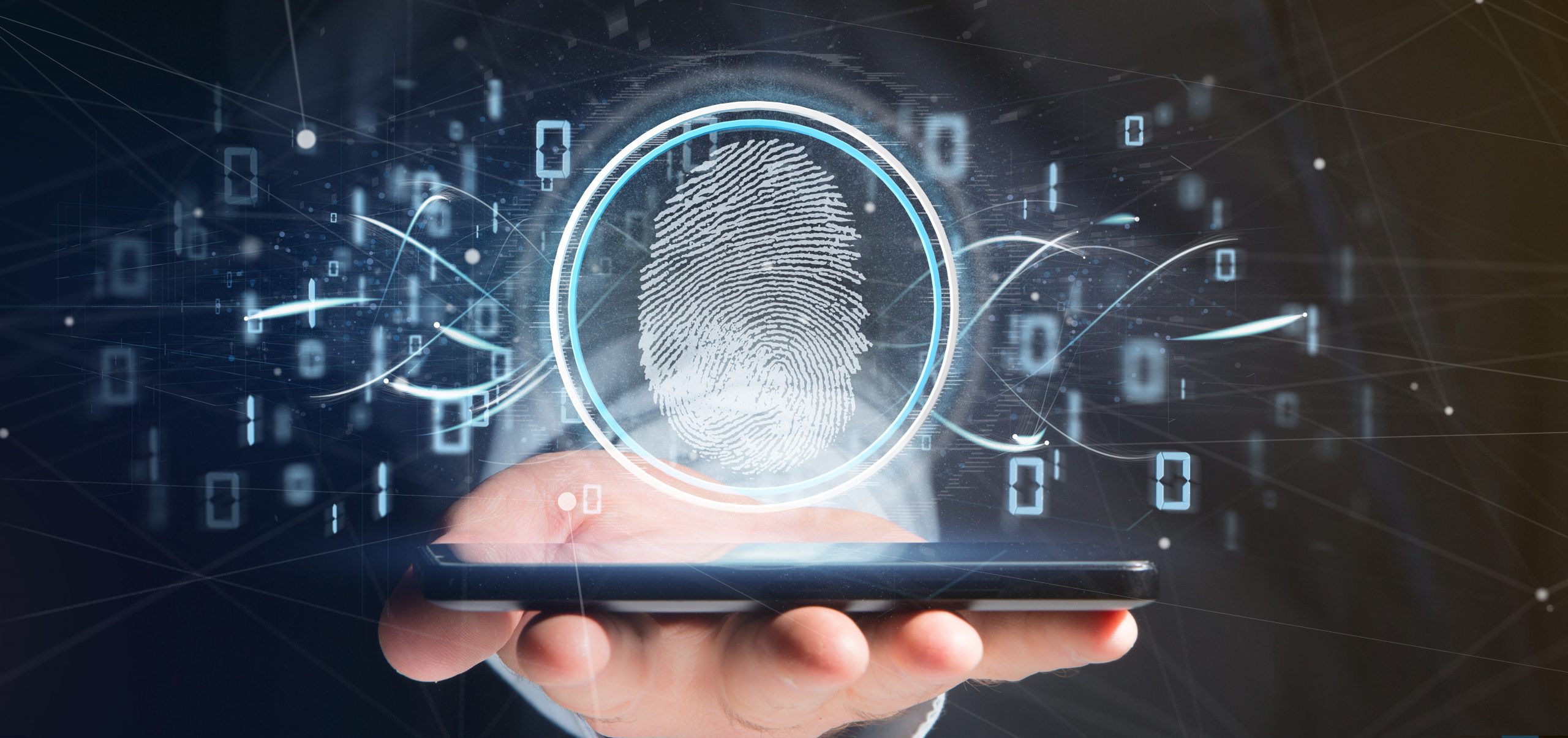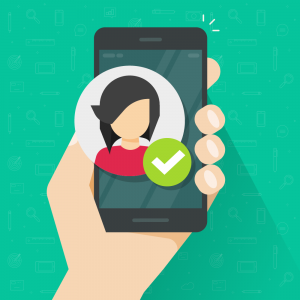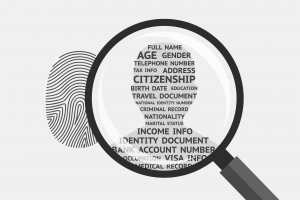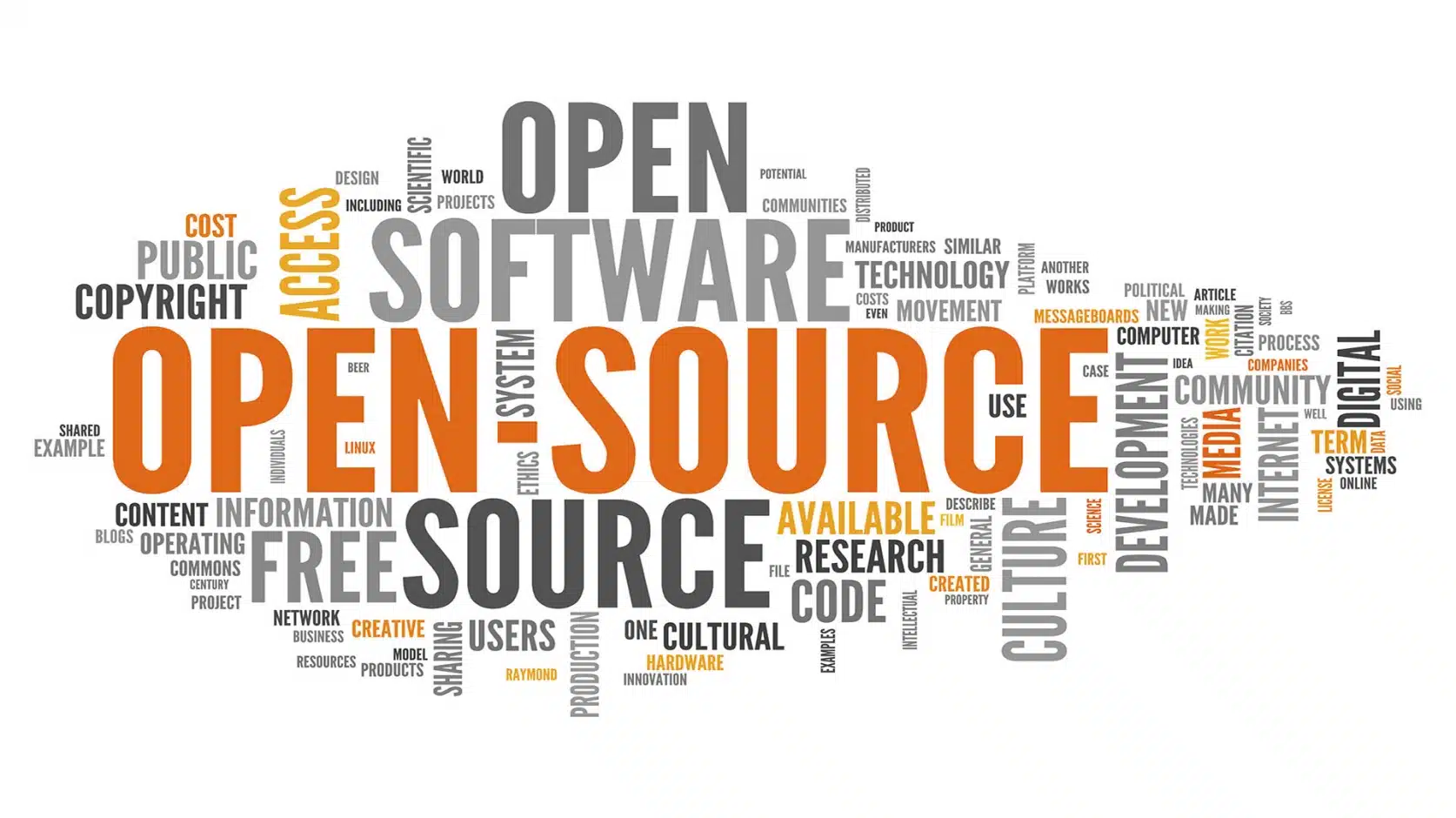
According to the U.S. Department of Labor’s Office of Inspector General, in the rush to support American workers during the COVID-19-related economic disruption, as much as $87.3 billion in unemployment insurance benefits may have been lost to fraud. While some has been retrieved, the rest is probably gone for good. But states and the federal government are working to improve identity verification processes to ensure this doesn’t happen again.
What is the purpose of verifying identity?
The purpose of verifying identity is to ensure that a person filing for unemployment insurance benefits is who they say they are, that they are entitled to the benefits they’re filing for, that the amount of unemployment insurance benefits they are receiving is accurate, and that they are properly complying with state unemployment insurance regulations regarding reporting in and applying for jobs.
When that doesn’t happen, there can be problems. People who aren’t entitled to benefits can claim them. Worse, people who are entitled to unemployment insurance benefits might not be able to claim them or might not be able to get all they’re entitled to, because a fraudster got there first.
In fact, according to the Department of Labor, some fraudsters created fake people – or “synthetic,” using a combination of real and fake information – and even partnered with fraudulent employers to create fake wages against which to file unemployment!
The states aren’t really to blame. First, nobody expected COVID-19, and nobody expected the devastating effect it would have on the economy, which meant that so many people would be eligible for and applying for unemployment insurance benefits at once. Second, nobody expected the widespread, systematic fraud that was occurring, primarily from outside the country. Third, overwhelmed state unemployment offices wanted to help unemployed residents. “States felt pressure to streamline the application and review process to ensure claimants received benefits in a timely manner,” noted the National Conference of State Legislatures. “This caused some instances of fraud to go undetected.”
How online identity verification processes work
Part of the problem, of course, is that due to COVID-19 regulations, unemployment insurance offices were closed, so people couldn’t come in and physically register for unemployment. And even if they could, government services in general have been moving to an online model. Filing and reporting online is more convenient for both filers and staff because nobody has to come into an office during specific hours, electronic filing and reporting is usually faster, and automated systems can often make a determination for unemployment insurance payments more quickly.
It’s those same benefits, though, that made it easier for fraudsters to take advantage of the online unemployment insurance benefit systems. Someone who had to physically go to an office and show physical identification documents could still have committed fraud. But they couldn’t have done it nearly as quickly as someone who could set up multiple screens and automated systems to register as a real or fake person and add personally identifiable information such as addresses and Social Security numbers. Much of this information is readily available on the so-called “dark web” from hackers at just a few cents apiece.
How is identity verification used in unemployment insurance systems?
Unemployment insurance systems typically ask for information that is “something you know,” such as a Social Security number, and a driver’s license or other state-issued identification.
Now that state unemployment offices are aware of the fraud problem – and have had a chance to catch their breath after the pandemic economic disruption – some of them are adding new requirements, such as two-factor or multi-factor authentication. These requirements improve security by adding “something you have” – such as access to a cell phone and a particular phone number – to the “something you know.” While they aren’t perfect, two-factor and multi-factor authentication systems reduce the chance that someone will be able to file for unemployment insurance benefits fraudulently.
The downside of two-factor and multi-factor authentication systems is that not everyone has a cell phone. However, these days, enough people do so states can figure out a process to help filers who don’t have one, just like they figure out a process to help filers who don’t have a computer to file for unemployment insurance benefits electronically. For example, an identity verification system could generate a one-time password that the filer must re-enter to prove their identity.
Other possible requirements include passing a “captcha” test that is harder to automate, such as picking out all the photos of a truck or answering security questions like the applicant’s mother’s maiden name or the first elementary school they attended. (That’s why it’s important not to post this sort of information online, and to avoid Internet quizzes that could be harvesting answers to commonly asked security questions.)
What are the regulations and standards for identity verification?
 States such as Kansas, Maryland, and Tennessee are partnering with organizations such as LexisNexis Risk Solutions that offer identity verification services. These services compare submitted information, such as Social Security numbers, with credit histories, utilities records, and device data.
States such as Kansas, Maryland, and Tennessee are partnering with organizations such as LexisNexis Risk Solutions that offer identity verification services. These services compare submitted information, such as Social Security numbers, with credit histories, utilities records, and device data.
In addition, the federal government has developed a system called Login.gov, which uses LexisNexis and other systems for checks. The system has been available to states since February 2021, according to Reuters.
The nonprofit organization National Association of State Workforce Agencies has also created an Integrity Data Hub, which lets states cross-match applicants looking for suspicious activities such as Internet addresses from outside the United States, people who have registered for unemployment benefits in more than one state, and email domains that have frequently been associated with fraudulent activity. The hub is free for states to use, and the Department of Labor is encouraging states to use it.
What are the future applications of identity verification services?
In the future, online identification systems could be more rigorous. For example, they could use cameras and imagery to require that an applicant show their face. Such systems could even use video to determine whether the face is actually alive, to deter fraudsters from using photos or computer-generated imagery. They could also require an applicant to physically show their identification documents, rather than just typing in a number.
Further, online identification systems could use biometrics – such as fingerprints or retina patterns – to prove a person’s identity. Some systems could even check factors such as how the person types to check identity.
For most honest people, identity verification is a hassle that adds friction to what can already be a complicated process. But as long as there’s a minority of dishonest people out there trying to take advantage of the system, identity verification is an important step in filing for government benefits.





